Welcome to Jiangsu DZX Factory.
Email:dlx@dlx-alloy.com Mobile/Whatsapp:+86 199 0611 9641
Professional manufacturer of welding wires and spraying wires,over 22 years.
Welcome to Jiangsu DZX Factory.
Email:dlx@dlx-alloy.com Mobile/Whatsapp:+86 199 0611 9641
Professional manufacturer of welding wires and spraying wires,over 22 years.
Contact:Jason
Whatsapp:+8619906119641
Email:dlx@dlx-alloy.com
Add:NO.32 West Taihu Road, Xinbei District, Changzhou, Jiangsu,China
Stainless Steel Welding Wire
Product Details

Our ER308L Stainless Steel Welding Wire is a top-notch choice for folks in the food and beverage industry. It’s a low-carbon, austenitic stainless steel wire with about 20% chromium and 10% nickel, designed to deliver clean, strong welds with minimal fuss. The low carbon content—capped at 0.03%—keeps intergranular corrosion at bay, which is a big deal when you’re welding equipment that needs to stay hygienic and durable. Whether you’re working with 304, 304L, 321, or 347 stainless steels, this wire’s got you covered. It’s versatile, works with MIG, TIG, and submerged arc welding, and gives you smooth arc control with minimal spatter. Plus, it’s built to handle cryogenic temperatures, making it a reliable pick for tough environments.
We’ve fine-tuned our ER308L wire to meet the strict demands of food and beverage applications. The low carbon means less carbide precipitation, so your welds resist corrosion even in harsh, wet, or acidic conditions—like those you’d find in breweries, dairies, or food processing plants. The wire’s high-grade composition ensures excellent weldability, letting you create precise, polished welds for everything from tanks to piping systems. It’s also got great mechanical properties, with tensile strength around 85,000 psi and yield strength near 57,000 psi, so your welds hold up under pressure.
| AWS Classification | Applications |
| ERNiCr-3 | Used for welding 600, 601, and 800 alloys and dissimilar welding between stainless steel and carbon steel |
| ERNiCrFe-7 | Suitable for welding nickel-chromium-iron alloys under ASTM B163, B166, B167, and B168 standards |
| ERNiCrFe-6 | Designed for welding steel to nickel-chromium-iron alloys, as well as stainless steel to nickel-based alloys |
| ERNiCrCoMo-1 | Used for welding nickel-chromium-cobalt-molybdenum alloys and various high-temperature alloys |
| ERNiCrMo-3 | Suitable for nickel alloy, carbon steel, stainless steel, and low alloy steel welding, primarily used for 625, 601, 802 alloys, and 9% nickel alloys |
| ERNi-CI | Used for welding commercially pure nickel, malleable cast iron, and gray cast iron |
| ERCuNi | Suitable for welding 70/30, 80/20, and 90/10 copper-nickel alloys |
| ERNiCu-7 | Used for welding nickel-copper alloys such as B127, B163, B164, and B165 |
| ERNi-1 | Designed for welding pure nickel castings and forgings, including those under ASTM B160, B161, B162, and B163 standards |
| ERNiFeMn-CI | Suitable for welding nodular cast iron, ductile iron, malleable cast iron, and gray cast iron, as well as their dissimilar welding to stainless steel, carbon steel, low alloy steel, and various nickel alloys |
| ERNiCrMo-4 | Used for welding nickel-chromium-molybdenum alloys, or for welding nickel-chromium-molybdenum alloys to steel and other nickel-based alloys |
| ERNiCrMo-11 | uitable for self-welding nickel-chromium-molybdenum alloys, dissimilar welding with steel and other nickel alloys, and also for cladding applications |
| ERNiCrMo-13 | Used for welding low-carbon nickel-chromium-molybdenum alloys |
| ENiCrMo-3 | Designed for welding nickel-chromium-molybdenum alloys, including 625, 800, 801, 825, and 600 |
| ENiCrFe-3 | Used for welding nickel-chromium-iron alloys and for dissimilar welding with carbon steel |
| ENiCrFe-2 | Suitable for welding austenitic steel, ferritic steel, and high-nickel alloys, also used for 9% nickel alloy welding |
| ENiCu-7 | Primarily used for welding nickel-copper alloys and their dissimilar welding with steel |
| ENiCrFe-7 | Ideal for welding 690 (UNS N06690) nickel-chromium-iron alloys |
| ENiCrMo-4 | Designed for C-276 alloy welding and most nickel-based alloys |
| ENiCrCoMo-1 | Suitable for welding nickel-chromium-cobalt-molybdenum alloys and various high-temperature alloys |
| ERCuNi | Used for welding forged or cast 70/30, 80/20, and 90/10 copper-nickel alloys |
| ENiCrMo-13 | Used for welding low-carbon nickel-chromium-molybdenum alloys |
| ENiCrMo-11 | Used for welding low-carbon nickel-chromium-molybdenum alloys |
| Welding Wire Type | Density (g/cm³) | Melting Point (°C) | Electrical Conductivity (% IACS) | Coefficient of Thermal Expansion (10⁻⁶/°C) | Tensile Strength (MPa) | Yield Strength (MPa) | Elongation at Break (%) |
| Carbon Steel Welding Wire | 7.85 | 1450 | 8-10 | 11.8 | 400-550 | 300-400 | 20-25 |
| Stainless Steel Welding Wire | 7.9 | 1350-1450 | 2-5 | 16-17 | 550-650 | 300-400 | 30-40 |
| Aluminum Welding Wire | 2.7 | 600-660 | >60 | 23.1 | 150-200 | 75-100 | >20 |
| Nickel Alloy Welding Wire | 8.4 | 1350-1400 | 1-2 | 13.1 | 600-800 | 400-600 | 30-40 |
| Welding Rod Type | Coating | Electrical Resistivity (10⁻⁶ Ω·cm) | Hardness (HV) | Heat Resistance (°C) | Tensile Strength (MPa) | Yield Strength (MPa) | Elongation at Break (%) |
| Carbon Steel Welding Rod | Acid coated, alkaline coated | 10-15 | 150-200 | < 450 | 400-550 | 300-400 | 20-25 |
| Stainless Steel Welding Rod | Acid coated, alkaline coated | 60-80 | 200-400 | < 800 | 550-750 | 350-450 | 25-35 |
| Cast Iron Welding Rod | Alkaline coated | 90-120 | 250-450 | 300-600 | 300-500 | 150-300 | 10-20 |
| Nickel Alloy Welding Rod | Alkaline coated | 80-100 | 200-300 | < 1200 | 700-900 | 450-650 | 20-35 |
For more other size details, pls directly contact us
The stainless steel welding wire market is growing fast, expected to hit USD 4.1 billion by 2030 with a steady 5.3% CAGR. Why? Industries like food and beverage, pharmaceuticals, and petrochemicals are leaning hard on stainless steel for its durability and hygiene. In food and beverage, regulations are tight—equipment needs to be corrosion-resistant, easy to clean, and safe for food contact. That’s where ER308L shines. Demand for high-quality welding materials is climbing as manufacturers push for longer-lasting, safer equipment. Plus, automation in welding is picking up, and our wire’s consistent performance makes it a perfect fit for both manual and automated setups.
Our ER308L wire is a go-to for welding stainless steel in food and beverage setups. Think brewery tanks, dairy processing equipment, or commercial kitchen gear—it’s used to join 304 and 304L stainless steels, which are super common in these settings. The wire’s corrosion resistance is key for equipment exposed to water, cleaning chemicals, or acidic ingredients like citrus or vinegar. It’s also great for sanitary piping systems, ensuring no contaminants sneak into the production process. Beyond food, it’s used in pharmaceutical equipment and chemical plants where cleanliness and durability are non-negotiable.
The push for sustainability is shaping the welding world. Companies are looking for materials that last longer and reduce maintenance costs, which is why ER308L’s corrosion resistance is such a win. There’s also a shift toward automation—robotic welding systems need wires that perform consistently, and ours delivers. Another trend? Stricter safety and hygiene standards in food processing. Our wire meets those standards head-on, helping manufacturers stay compliant while keeping production smooth.
Here’s how our ER308L stacks up against other common stainless steel welding wires:
Parameter | ER308L (Ours) | ER308 | ER309L | |
|---|---|---|---|---|
Carbon Content | Max 0.03% (Low) | Max 0.08% (Higher) | Max 0.03% (Low) | Max 0.03% (Low) |
Corrosion Resistance | Excellent (Low carbide precipitation) | Moderate (Higher carbide risk) | Superior (Molybdenum-enhanced) | Good (For dissimilar metals) |
Primary Use | 304, 304L, 321, 347 stainless steels | 304, 308, 316 stainless steels | 316, 316L stainless steels | Stainless to mild steel, 309 base |
Food Industry Suitability | High (Hygienic, corrosion-resistant) | Moderate (Less corrosion resistance) | High (For harsher environments) | Moderate (Not ideal for food-grade) |
Weldability | Excellent (Smooth arc, low spatter) | Good (More spatter risk) | Excellent (Smooth arc) | Good (For dissimilar metals) |
Cryogenic Performance | Excellent | Moderate | Excellent | Moderate |
Tensile Strength (psi) | ~85,000 | ~80,000 | ~85,000 | ~87,000 |
Cost-Effectiveness | High (Versatile, durable) | Moderate | Moderate (Molybdenum adds cost) | Moderate (Specialized use) |
Our ER308L hits the sweet spot for food and beverage welding—balancing corrosion resistance, weldability, and cost.
We’re all about quality and reliability. Our ER308L wire is manufactured to meet AWS A5.9 and ASME SFA 5.9 standards, ensuring every spool delivers consistent performance. We use high-grade materials to keep impurities low, which means cleaner welds and less rework. Our production process is dialed in to avoid kinks or bends in the wire, so it feeds smoothly in both manual and automated welding setups. We also offer multiple diameters and spool sizes to fit your needs, whether you’re tackling small repairs or large-scale production. Plus, our team’s ready to provide expert guidance to make sure you get the best results every time.
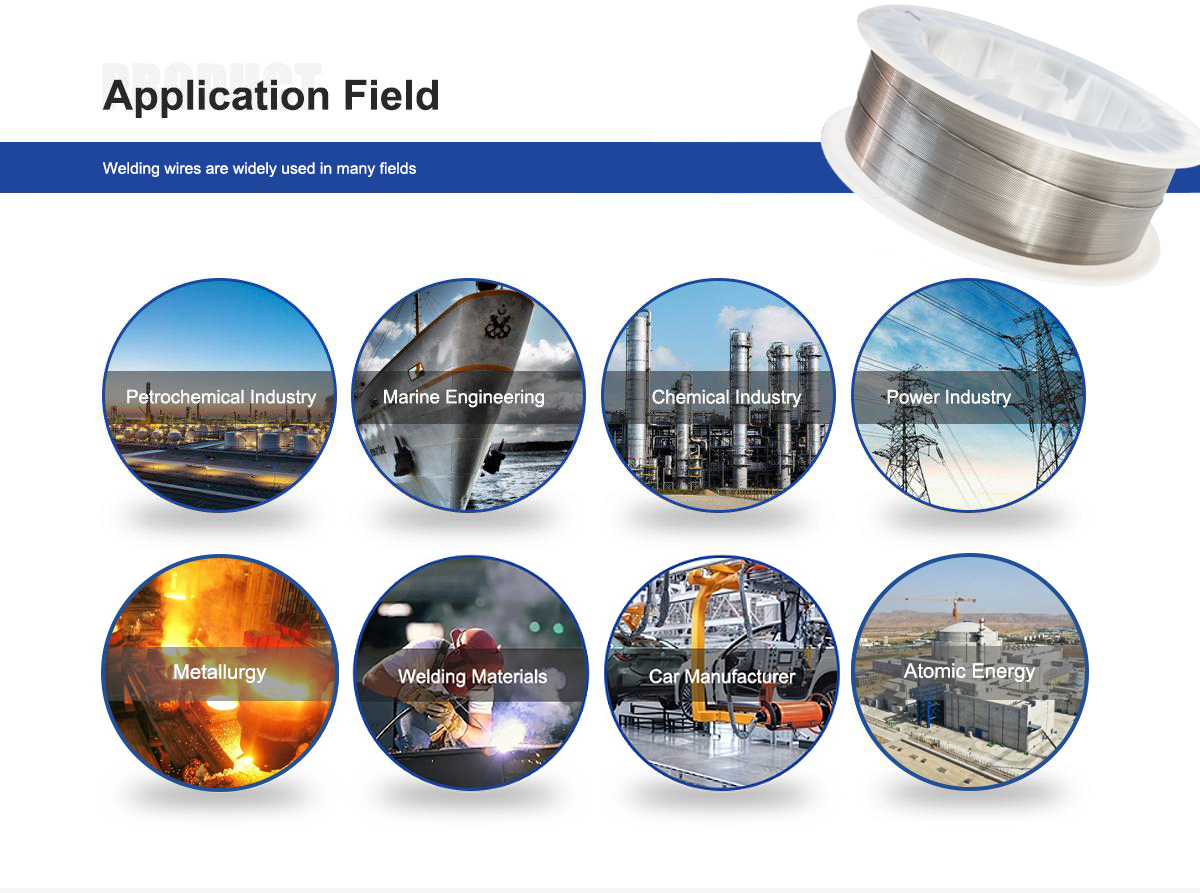
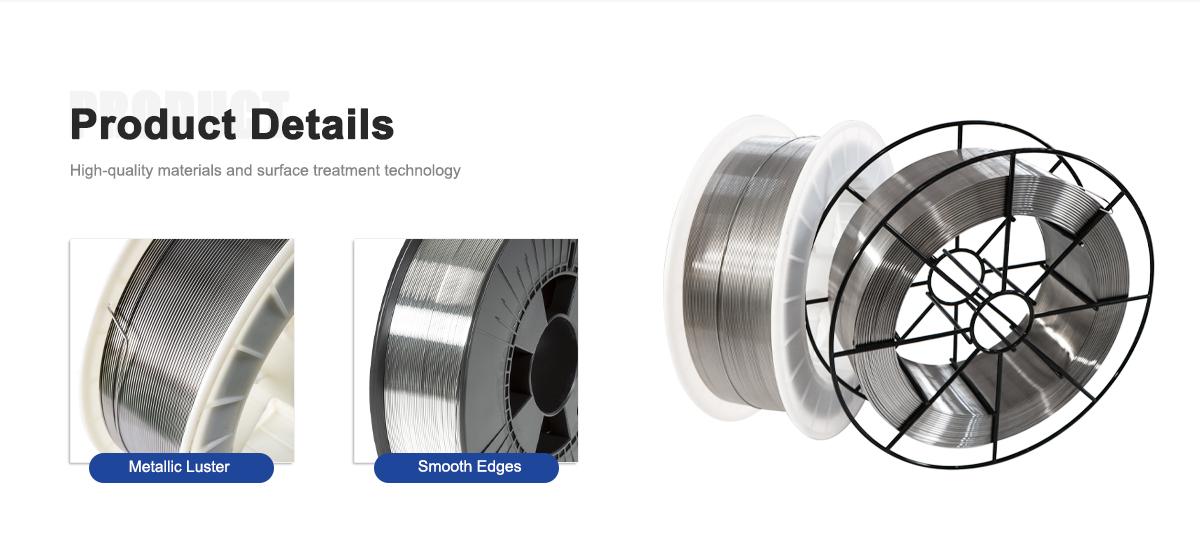
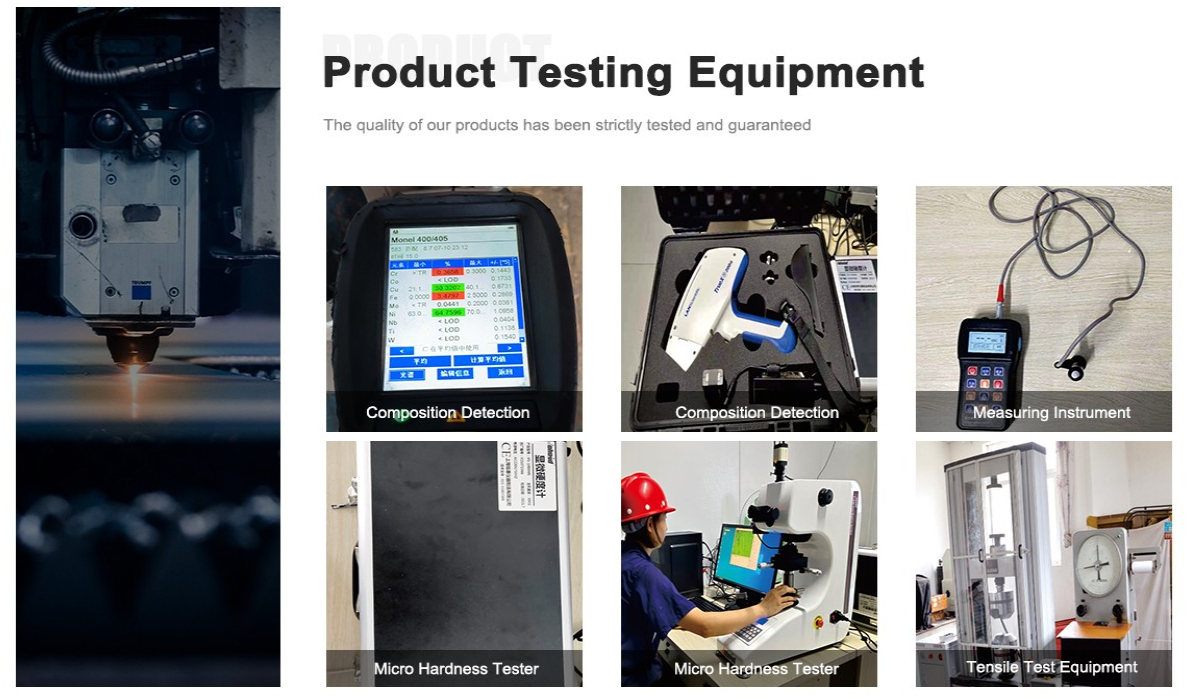
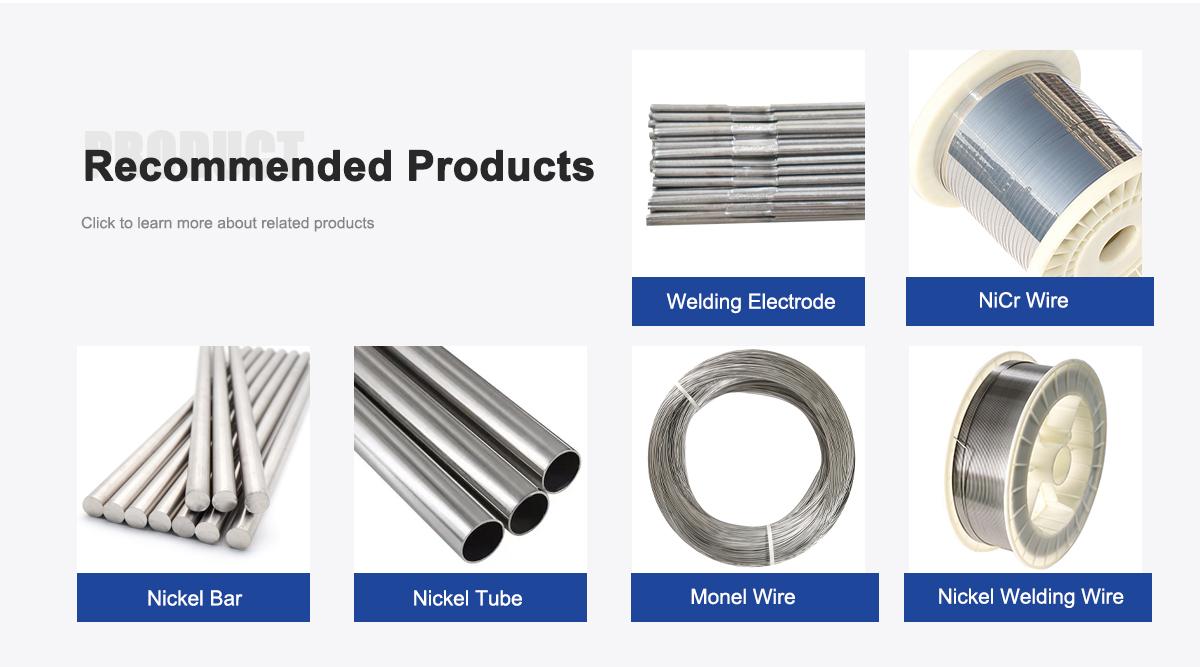
About Us:
Our 12,000㎡ factory is equipped with complete capabilities for research, production, testing, and packaging. We strictly adhere to ISO 9001 standards in our production processes, with an annual output of 1,200 tons. This ensures that we meet both quantity and quality demands. Furthermore, all products undergo rigorous simulated environment testing including high temperature, high pressure, and corrosion tests before being dispatched, ensuring they meet customer specifications. We also provide chemical analysis reports for every FeCrAl alloy, NiCr alloy, and other products purchased.
For all our clients, we offer timely and multilingual after-sales support and technical consulting, helping you resolve any issues swiftly and efficiently.
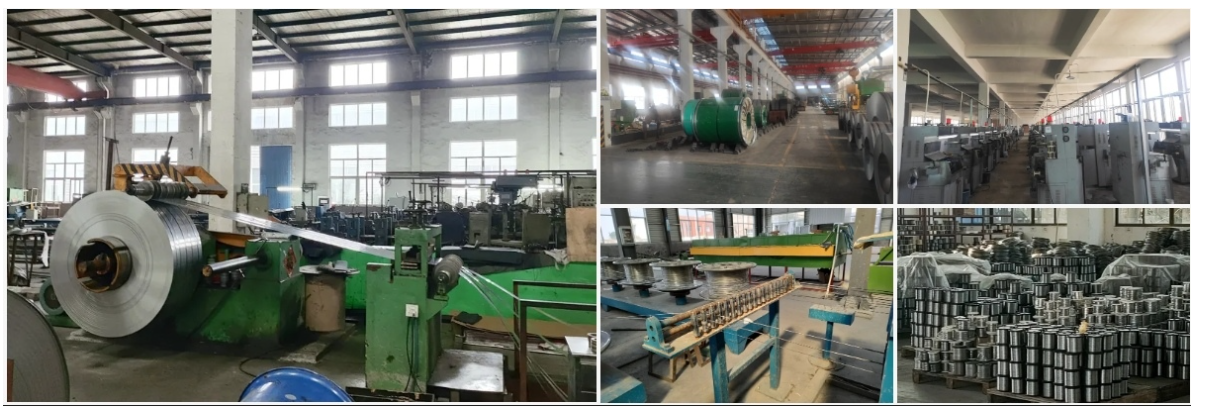
Client Visits
Building Stronger Partnerships
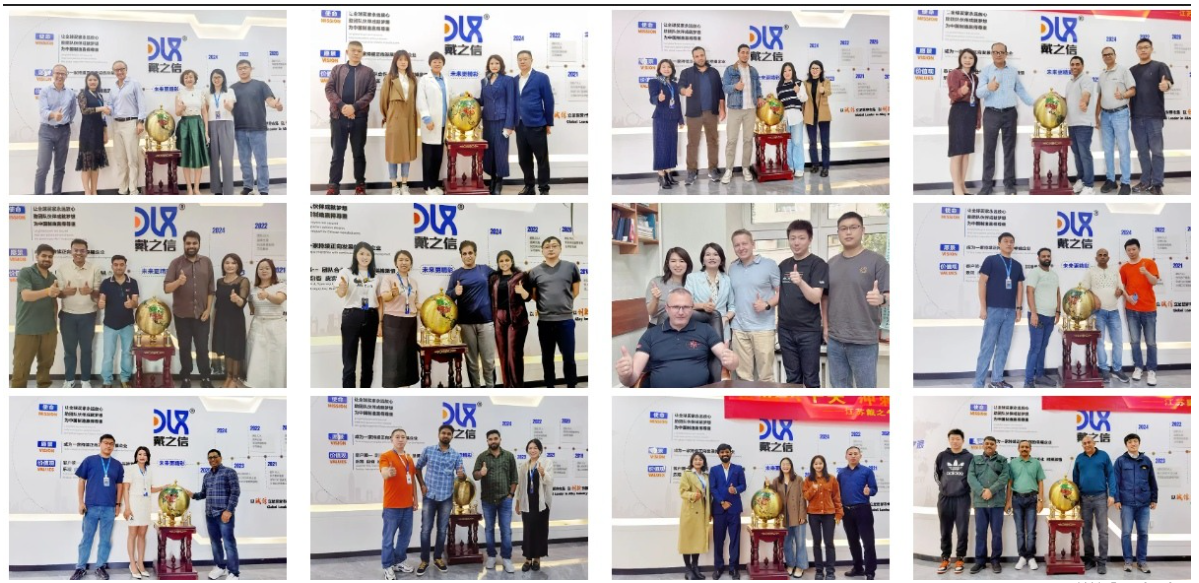
We support all kinds of testing:
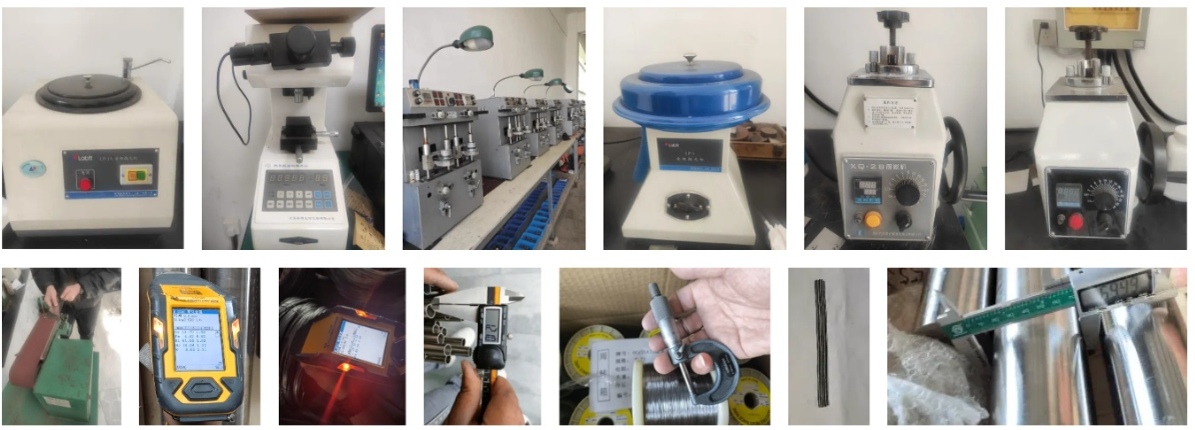
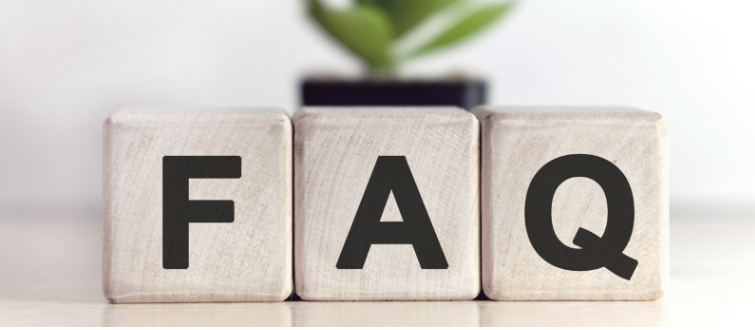
What makes ER308L ideal for food and beverage welding?
Its low carbon content (0.03% max) minimizes corrosion, ensuring hygienic, durable welds for equipment like tanks and pipes.
Can ER308L be used for other industries?
Absolutely, it’s great for pharmaceuticals, chemical plants, and any application needing corrosion-resistant welds.
What welding processes work with ER308L?
It’s versatile—works with MIG, TIG, and submerged arc welding for various project needs.
How does ER308L compare to ER316L?
ER308L is perfect for 304/304L steels and cost-effective; ER316L adds molybdenum for harsher environments but costs more.
Is ER308L suitable for cryogenic applications?
Yes, it’s designed to perform well at low temperatures, making it ideal for cold storage or cryogenic systems.
What shielding gas should I use with ER308L?
Use pure argon for TIG or an argon/1-3% O2 mix for MIG, with a flow rate of 20-25L/min.
Why choose ER308L over ER308?
ER308L’s lower carbon content reduces corrosion risk, making it better for food-grade and sanitary applications.
Does ER308L work for automated welding?
Definitely—its smooth feed and stable arc make it a favorite for robotic welding systems.
Our ER308L stainless steel welding wire is a game-changer for food and beverage welding. It’s reliable, corrosion-resistant, and easy to work with, whether you’re building a brewery tank or repairing kitchen equipment. With industry trends leaning toward durability and automation, our wire keeps you ahead of the curve. Choose us for quality, consistency, and welds that stand the test of time.